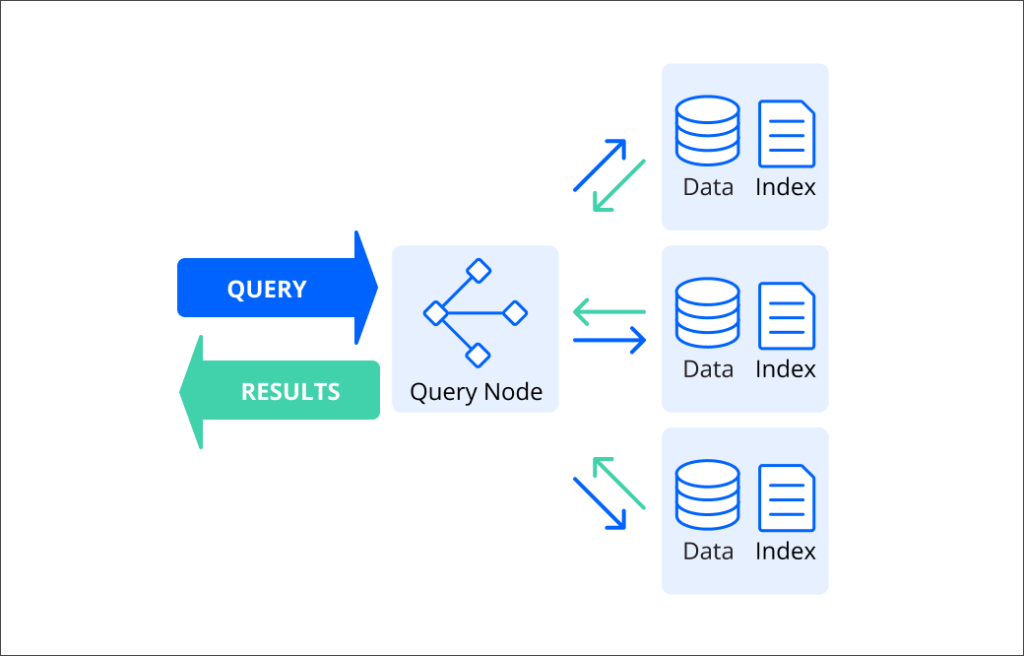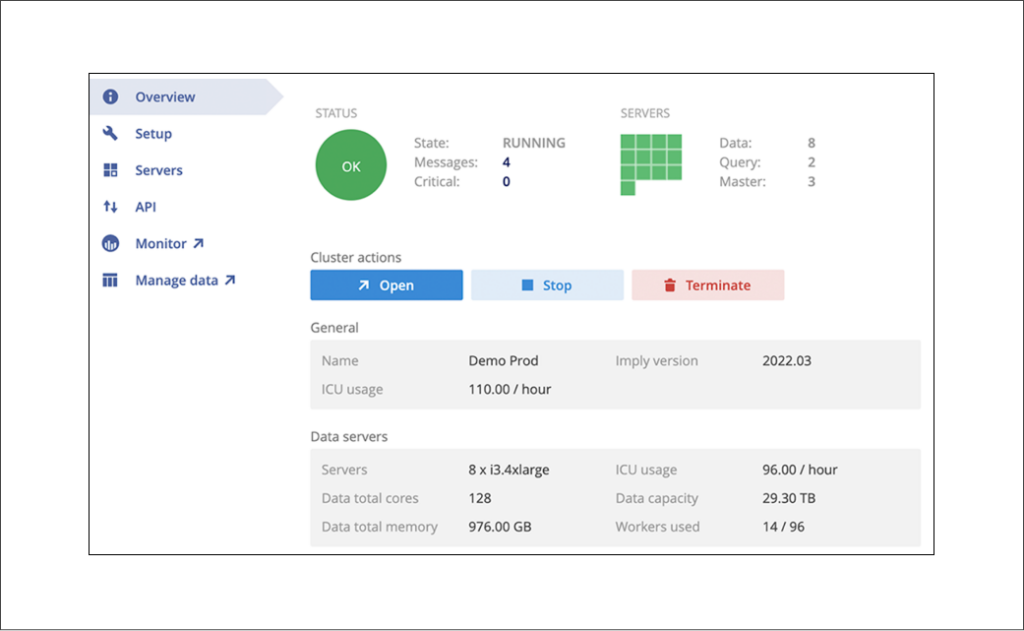
Non-Stop Reliability with Druid
With a unique architecture that is the best of both shared nothing and separate storage/compute, Druid runs non-stop no matter what.
- Continuous backup
- Automatic recovery
- Automatic rebalancing
- Rolling upgrades

Get enterprise-class
uptime for analytics

Free-up your time
with automation

Leave recovery
worries behind

Continuous Backup
Deep storage, broad protection
As data segments are committed by the data nodes, they are automatically written to deep storage, which can be a durable object store in the cloud, or HDFS on premises. You don’t need to do traditional backups of Druid since it provides automatic, continuous backup of all committed data.
Automatic Recovery
Dead nodes are no big deal
When a segment is created, Druid automatically replicates it onto a different node (you can configure more replicas if you need). When a node fails, coordinating nodes automatically rebalance the cluster, pulling the missing data from deep storage as needed. When the node is back online, Druid will once again automatically rebalance the cluster.


Automatic Rebalancing
Add node. Druid does the rest.
As your needs grow, you’ll add nodes. When you do, Druid automatically rebalances the data nodes. For other databases, this rebalancing is a manual and lengthy process. Likewise, if you take a node down for maintenance, Druid will handle the rebalancing so your users won’t miss a beat.
Rolling Upgrades
All the gain, none of the pain
Upgrading Druid does not require downtime. Instead, one node at a time is taken offline, upgraded, and returned to the cluster. Druid functions normally during the rolling upgrade, even though some nodes will be using a different Druid version than other nodes during the upgrade.

Learn more about Apache Druid
An introduction to Apache Druid
Druid flexible, efficient, and resilient design make it the best choice for modern analytics application. Here’s a quick but technical overview of what makes Druid different.
An introduction to Analytics Applications
The world of analytics is shifting from traditional Bill solutions designed by data engineers to custom applications created by developers. Learn what this is all about and what it takes to build successful analytics application.



